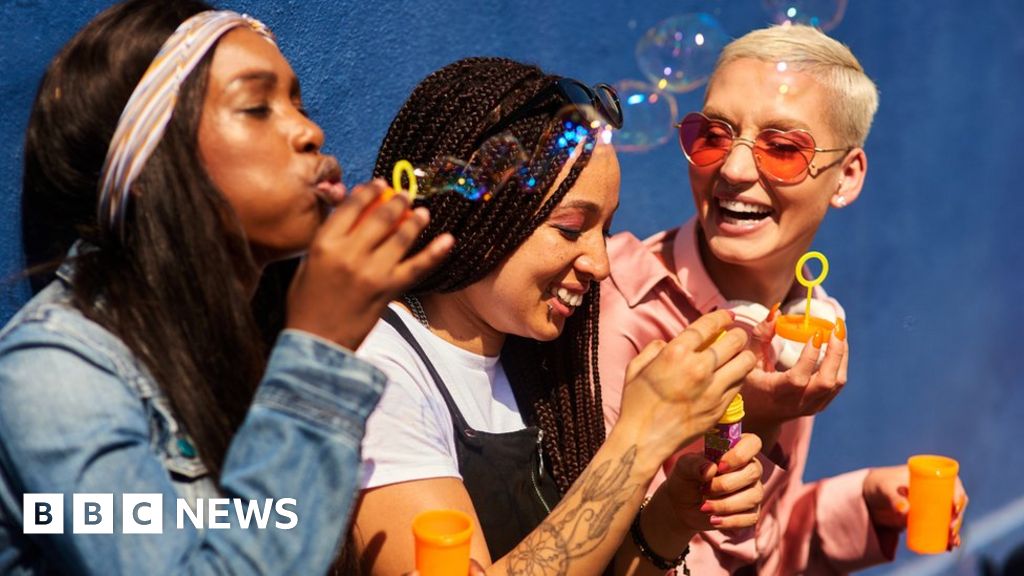
"Bubbles" of people we can meet safely may form part of the plans to move the UK out of the coronavirus lockdown.
Prime Minister Boris Johnson has set out a road map for how Britain could start easing restrictions and this 50-page document includes the possibility of widening our "social bubbles".
What are social bubbles?
A bubble is defined as a group of people with whom you have close physical contact.
Coronavirus spreads when people mix - be it at work, in shops, pubs and clubs, or on buses and trains.
In lockdown, to try to control the virus, people have been asked actively to avoid anyone who is not in their household and stay at home.
Limiting our interactions with others is our best defence against coronavirus.
The virus is transmitted by droplets from infected people when they talk, cough and sneeze. These can enter the body through the eyes, nose and mouth, either directly or after touching a contaminated object.
Who should be in my bubble?
It depends on your own health risk if you were to catch coronavirus, as well as the health of the people you live with.
People most at risk of needing hospital treatment if they catch coronavirus are being asked to stay at home and shield.
That means they should not go out, even to shop for food or collect medicines.
The only people in their social bubble will be the people they live with and any carers who need to visit.
If you live with someone who is shielding, but do not need to shield yourself, you can go out to shop and take exercise but should stick to social distancing rules when you are out, which means keeping 2m (6ft) away from other people.
Expanding our bubbles
From Wednesday, 13 May, people in England are being told they can start to meet one other person from a different household outdoors.
This is outside your bubble - you will still need to follow social distancing guidelines and keep 2m apart when you meet.
The government has asked the independent advisory group Sage to examine if, when and how people might safely be allowed to expand their bubble to include a few select people - another household, for example.
That could let people who are currently living on their own have some more social contact.
Members of a bubble would be able to visit one another in their homes.
But it would still be important to limit the risk of chains of transmission.
If Household A merges with Household B, Household B could not also link up with another group - Household C - because this would create a chain that could allow the virus to spread widely.
The bubble concept is already being used in New Zealand and is being considered by the Scottish government.
How to keep your bubble safe
Continue to stay 2m away from anyone outside your bubble.
Wash and dry your hands when you return to your bubble and keep up good hygiene and cleaning practices when you're at home.
If anyone in your bubble develops coronavirus symptoms, everyone in the bubble would need to self-isolate.
https://news.google.com/__i/rss/rd/articles/CBMiKGh0dHBzOi8vd3d3LmJiYy5jb20vbmV3cy9oZWFsdGgtNTI2MzczNTTSASxodHRwczovL3d3dy5iYmMuY29tL25ld3MvYW1wL2hlYWx0aC01MjYzNzM1NA?oc=5
2020-05-14 00:29:46Z
52780783304430
Tidak ada komentar:
Posting Komentar